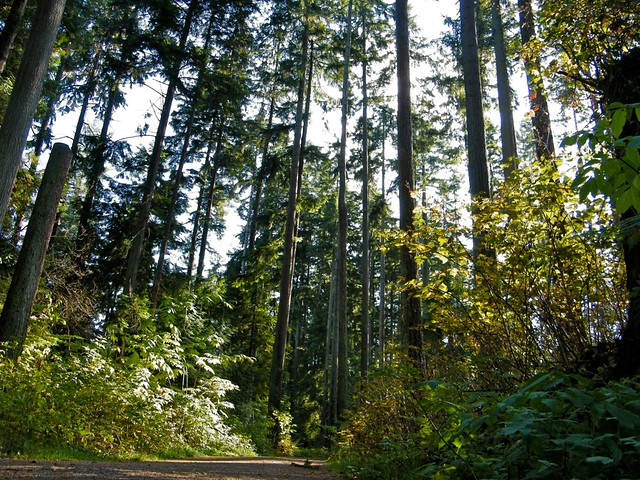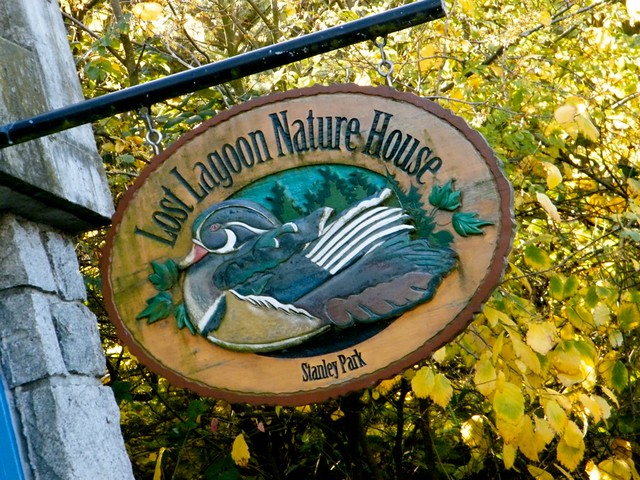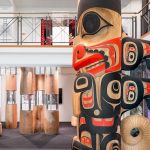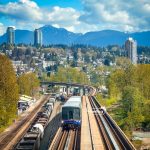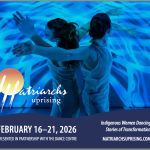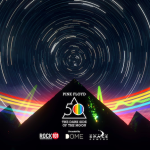SPES Saturday: Exploring Stanley Park
 This post has been contributed by Julie Sims M.Sc., Volunteer Coordinator & Nature House Interpreter with the Stanley Park Ecology Society (“SPES”). I have been following SPES since I moved into the West End almost eight years ago and I recently became a member. I wanted to offer the team an opportunity to share their news, events, and work so I have created “SPES Saturday” where they will be contributing stories with my audience once a month.
This post has been contributed by Julie Sims M.Sc., Volunteer Coordinator & Nature House Interpreter with the Stanley Park Ecology Society (“SPES”). I have been following SPES since I moved into the West End almost eight years ago and I recently became a member. I wanted to offer the team an opportunity to share their news, events, and work so I have created “SPES Saturday” where they will be contributing stories with my audience once a month.
Exploring Stanley Park
So you want to explore Stanley Park. And you want to know where all the cool critters hang out. And maybe you wouldn’t mind spending a bit of time in the less frequented parts of our lovely urban park, where it’s quiet and green and it smells of trees and freshness. So where should you go? The short answer is go inside the Park.
Stanley Park boasts some amazing, safe and very well marked trails. One of my favourite walks starts on the western edge of Lost Lagoon at Cathedral Trail. Vancouver Park Board and Stanley Park Ecology Society recently collaborated to rehabilitate a patch of forest and wetland on Cathedral Trail, and there is now an impressive cedar boardwalk there. The boardwalk is great for bird watching. I’ve sometimes heard the haunting song of the Swainson’s thrush here, and the smell from the fresh cedar planking is fantastic.
If you continue up past the boardwalk to the confluence of Lees and Cathedral Trails with Bridal Path, you will have arrived under the largest of Stanley Park’s five eagle nests. Look for an obviously huge Douglas fir tree on Lees Trail (very close to the intersection) looking right from Cathedral Trail. Walk around the base of this giant and see if you can spot the remnants of an eagle’s meal dropped from on high. For a partial view of the nest, walk up Bridal Path for about 500 m, turn around and the nest may be seen high in the tree on the left.
If you continue up past the boardwalk to the confluence of Lees and Cathedral Trails with Bridal Path, you will have arrived under the largest of Stanley Park’s five eagle nests. Look for an obviously huge Douglas fir tree on Lees Trail (very close to the intersection) looking right from Cathedral Trail. Walk around the base of this giant and see if you can spot the remnants of an eagle’s meal dropped from on high. For a partial view of the nest, walk up Bridal Path for about 500 m, turn around and the nest may be seen high in the tree on the left.
If you have at least an hour, I recommend continuing up Bridal Path. There is a good chance you won’t meet another soul, so remember to take it all in, close your eyes and smell the forest, listen for the birds calling to each other or that slightly angry squirrel urging you to keep walking. Bridal Path will eventually take you to Prospect Point, the highest point in the park, where you can take in one of Vancouver’s most spectacular views.
If you would rather a shorter adventure, I recommend Beaver Lake or Lost Lagoon. Beaver Lake boasts a rather large and obvious beaver lodge on the northeast part of the lake where Ravine Trail meets the water. Beavers are crepuscular so if you want good chances for a sighting, hang out at Beaver Lake around dusk (or dawn if you’re an early riser). Quite often during winter one or two eagles can be seen hunting gulls over Lost Lagoon. After a dramatic midair capture, they usually perch on one of the floating logs to devour their prey. Unfortunately for us, eagles don’t hold a regular schedule but I have seen them hunt there almost daily in the winter.
Detailed maps of Stanley Park including all the areas described here are available for free from the Stanley Park Nature House located on the south east shore of Lost Lagoon under the viewing plaza. The Nature House is operated by Stanley Park Ecology Society (SPES) and is open each Saturday and Sunday between 10am and 4pm. SPES also offers naturalist guided walks in Stanley Park almost every Sunday. If the idea of joining a knowledgeable naturalist for an easy two hour walk appeals to you, have a look at the schedule of upcoming Discovery Walks. All walks leave from the Nature House.

